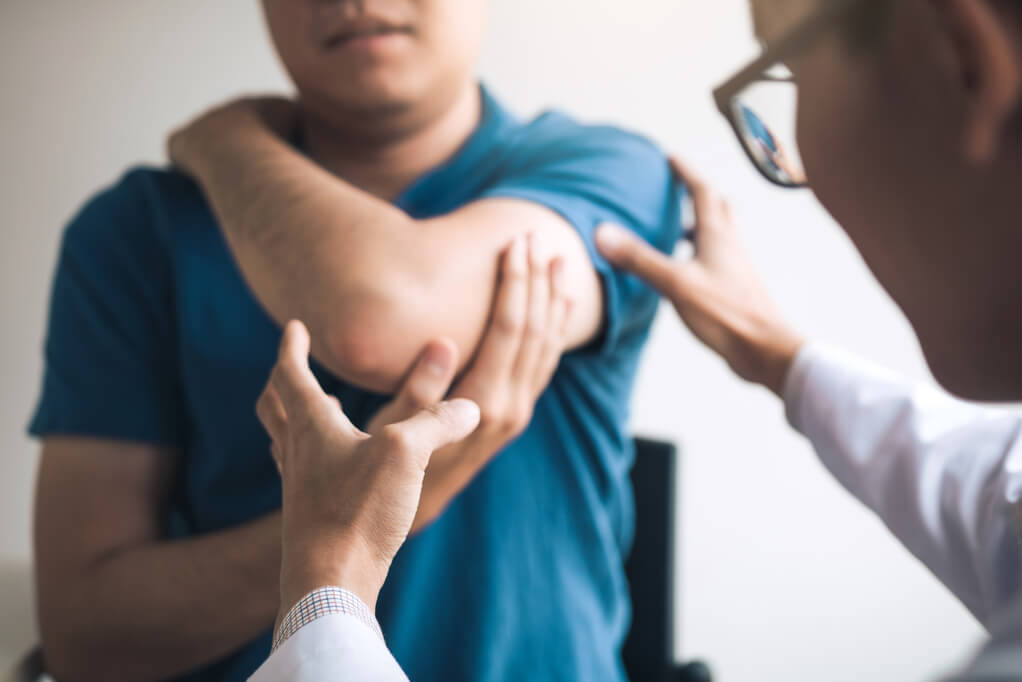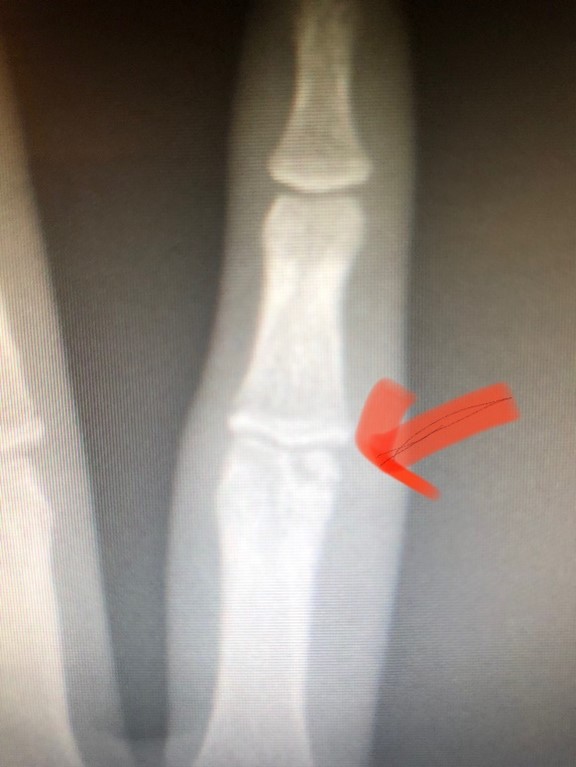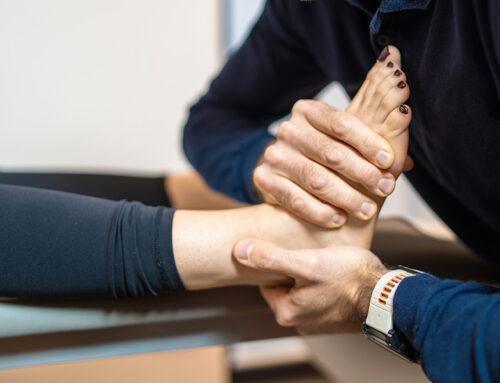What is Arthritis & Best Ways to Manage Symptoms
Arthritis is a general term used to describe inflammation of the joints. There are many different types of arthritis, each with its own causes, symptoms, and treatments. The two most common types of arthritis are osteoarthritis and rheumatoid arthritis. Arthritis is not a one-size-fits-all condition; there are more than 100 different types, each with its unique characteristics.
Osteoarthritis is the most common form of arthritis. It occurs when the protective cartilage that cushions the ends of the bones wears down over time. This can result in pain, stiffness, and decreased joint flexibility. Osteoarthritis is often associated with aging and older joint injuries.
Rheumatoid arthritis is an autoimmune disorder in which the immune system mistakenly attacks the synovium, which is the lining of the membranes that surround the joints. This leads to inflammation, pain, and joint damage. RA can affect multiple joints and can also cause systemic symptoms such as fatigue and fever. Other types of arthritis include gout, ankylosing spondylitis, psoriatic arthritis, and juvenile idiopathic arthritis, among others. Each of these types has its own unique characteristics and may require different approaches to treatment.
Osteoarthritis Causes
Osteoarthritis is the most common form of arthritis so it will be the focus of this blog. The primary factors contributing to osteoarthritis include age, genetics, and injuries. Joint degeneration (which is another way to describe osteoarthritis) is primarily age related. As we age, the protective cartilage in our joints gradually wears down, leading to pain and stiffness. Genetics may play a role in this. It’s not just about how we use our joints over our lifetime, but a strong genetic predisposition to joint deterioration is important to take into consideration. Individuals with a family history of arthritis may be at a higher risk. What plays a fairly large role in all this is the injury history. Joint injuries or trauma can increase the risk of arthritis in the affected joint(s). For example, the following x-ray shows a fracture in a finger that extends through the joint surface. In many years, after this area is used over and over again, it can be expected that the joint surface will wear down faster than the other finger that has not experienced a trauma.
Perhaps most interesting and not what you would expect, is that in general, degenerative x-ray findings do not correlate with pain. It has been well studied that you can have patients who show extensive degeneration on imaging with little to no pain, while you can have patients who experience extensive pain but show little degeneration on imaging.
Arthritis Management
The management of arthritis varies depending on the type, severity, and individual needs. Medications such as nonsteroidal anti-inflammatory drugs (NSAIDs), corticosteroids, disease-modifying antirheumatic drugs (DMARDs), and biologics are often prescribed to manage pain, inflammation, and in the latter examples, to slow disease progression. For most patients that attend our clinic, we try to solve their complaint and pain without the use of medication and we save that option for cases that aren’t responding to treatment. The use of braces, canes, or orthopedic devices can provide support and alleviate pain in affected joints. Similarly, this is something that we only recommend for some cases and we hope that it can only be used on a temporary basis. Surgery is appropriate for some people with arthritis, but again, more conservative approaches are preferred. Hip replacements and knee replacements are common and normally occur in older patients with a long history of degenerative arthritis. Once the arthritis has stopped responding to treatment and the pain is interfering with a person’s normal activity, joint replacement can be considered as an appropriate but more invasive option.
An individualised exercise program to improve joint flexibility, strength, and mobility are paramount to living with severe arthritis. Maintaining a healthy weight, engaging in regular low-impact exercise, and adopting joint-friendly habits can reduce the strain on affected joints and negate the need for more invasive treatments. Many people find relief through clinical treatment. Laser therapy, acupuncture, active release and graston can all offer some relief to the muscles around the joint and allow a patient to continue with home exercise.
Arthritis is a complex and widespread condition that impacts the lives of millions worldwide. It is crucial to recognize that arthritis comes in various forms, each requiring tailored approaches to management. A holistic approach, combining medication, physical therapy, lifestyle modifications, and support from healthcare professionals, can significantly improve the quality of life for individuals living with arthritis. Research into this field continues, offering hope for more effective treatments and, potentially, a cure in the future.
If you have painful arthritis give our clinic a call…we can help!
By: Dr. Kevin McIntyre B.Kin., DC









